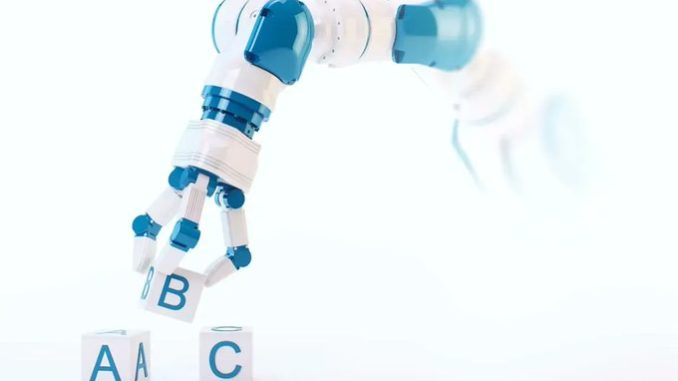
I believe that artificial intelligence (AI) is one of our most important technological innovations but that we’re still in the early stages of AI maturity, with much still to be achieved across industries. This pivotal technology will have an endless number of applications, and there will be many paths for innovators to shape its future.
Technology that helps machines understand the way people communicate is one of the most promising new breeds of AI. As globalization continues, the translation and localization industry represents a key area for AI innovation, and several companies in the space have undergone a transformation into AI-powered businesses to inform new language-oriented applications.
What does the future look like for these players? What are the most important customer needs driving it, and what types of organizations will emerge to support this evolution?
Simplifying The Complexity Of Language
There are more than 7,100 languages spoken in the world today. Grammar provides structure to language, and the free components that make up most of its meaning are its vocabulary. But there are translation and localization challenges that go beyond the structure of language itself. These include figures of speech, sarcasm and irony, compound verbs like “look up” or “get over,” which may not translate to other languages, as well as words with multiple meanings or no equivalent in another language. Each of these can be more easily solved with today’s AI technology.
